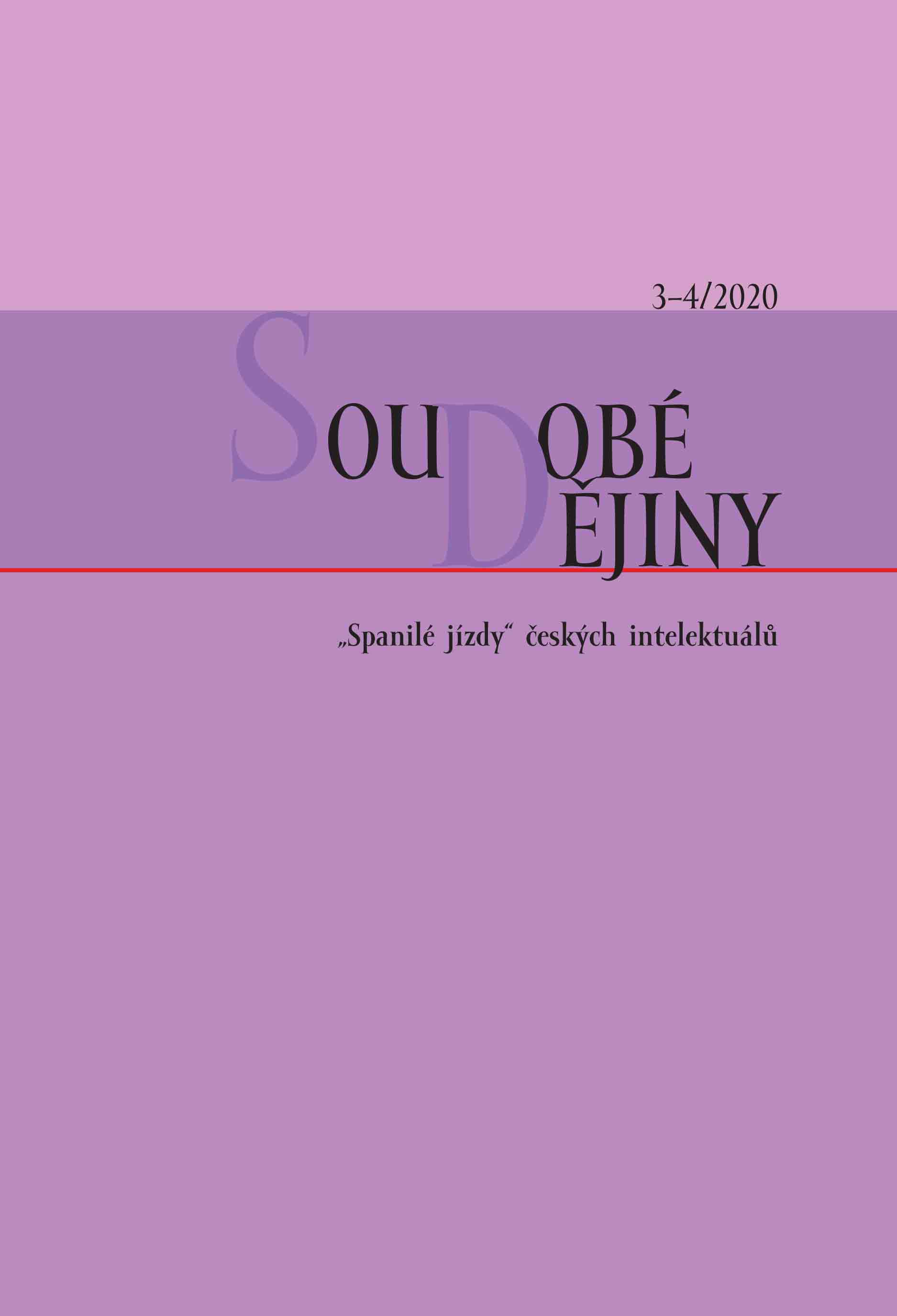Od odpovědnosti ke kontrole
From responsibility to control
Censorship during the early normalisation period (September 1968 – August 1969)
Author(s): Petr AndreasSubject(s): History, Cultural history, Political history, Post-War period (1950 - 1989), History of Communism
Published by: AV ČR - Akademie věd České republiky - Ústav pro soudobé dějiny
Keywords: Czechoslovakia;media;censorship;Prague Spring 1968;Czechoslovak normalisation
Summary/Abstract: The topic of the study is the censorship apparatus in the Czechoslovak Socialist Republicbetween September 1968 and August 1969, i.e during the first year after the invasionof the Warsaw Pact armies, with a particular focus on the system of authorized representativein the context of the media policy of the government and the Communistparty. The representatives (zmocněnci) were the central executive element of censorshipin the early normalization period. The author identifies four models of preliminarysupervision over the media, which reflect the authorized representatives’ changing roleand tasks. In the first model, the representatives were selected by publishers and editorsamong their employees; activities of rank-and-file journalists were thus supervised bytheir colleagues who were following direct instructions of the government. The modelwas implemented and used since the establishment of the authorized representatives’category in September 1968 throughout the period under review, in dailies, weeklies, and also in the Czechoslovak Press Agency; in the winter of 1968, they were joined bythe Czechoslovak Radio and the Czechoslovak Television. It gave editorial boards andeditorial staff enough leeway to circumvent and negotiate and, in the opinion of theCzechoslovak political leadership, and particularly in the eyes of the Soviets, it did notprove too successful. In the second model, official representatives were checking testcopies submitted by editorial boards. The model was implemented in February 1969in selected magazines which were considered problematic (Listy, Reportér and Zítřek)and it also fell short of expectations from the viewpoint of the pro-Soviet consolidationpolicy. In the third model, implemented since April 1969, official (or army) representativeswere checking test copies directly in editorial offices and their interventionswere seen as a substantial improvement. At that time, the role of the Czech Office forPress and Information (Český úřad pro tisk a informace), which started makingindependent decisions concerning appointments of representatives and personnel ofeditorial boards, was becoming more important. The fourth preliminary censorshipmodel employed representatives who, at the time of the first anniversary of the Sovietintervention in August 1969, were checking signal copies directly in printing works.This mode of supervision was viewed as an unquestionable success. The Czech Officefor Press and Information subsequently abandoned the policy of representatives andreplaced it by a follow-on supervision model combined with a targeted personnel policy;the very last documents referring to the system of representatives date back to 1971.
Journal: Soudobé Dějiny
- Issue Year: XXVII/2020
- Issue No: 3+4
- Page Range: 439-476
- Page Count: 38
- Language: Czech

